What To Know About Getting Your Skydiving License
Skydiving Training
Posted by: Wisconsin Skydiving Center 4 years ago
If you’re reading this, then it’s likely you’re thinking about learning to skydive and getting your skydive license. If that’s the case, great! After all the world has been through since March of 2020, we can’t think of a better time to start a new hobby or take action on a goal you’ve been thinking about for a long time. In this article, we’re going to walk you through the steps of what it will take to get your skydiving license.
Before we get into the details, know this: don’t be intimidated. There is a lot to know, but just like any big goal, it’s best done one step (jump) at a time with people who care about your success. The journey of becoming a licensed skydiver is rewarding because you’ll be going outside of your comfort zone (which is a good thing) and you’ll find yourself spending a lot of time with a new community of people who will be encouraging you throughout your journey.
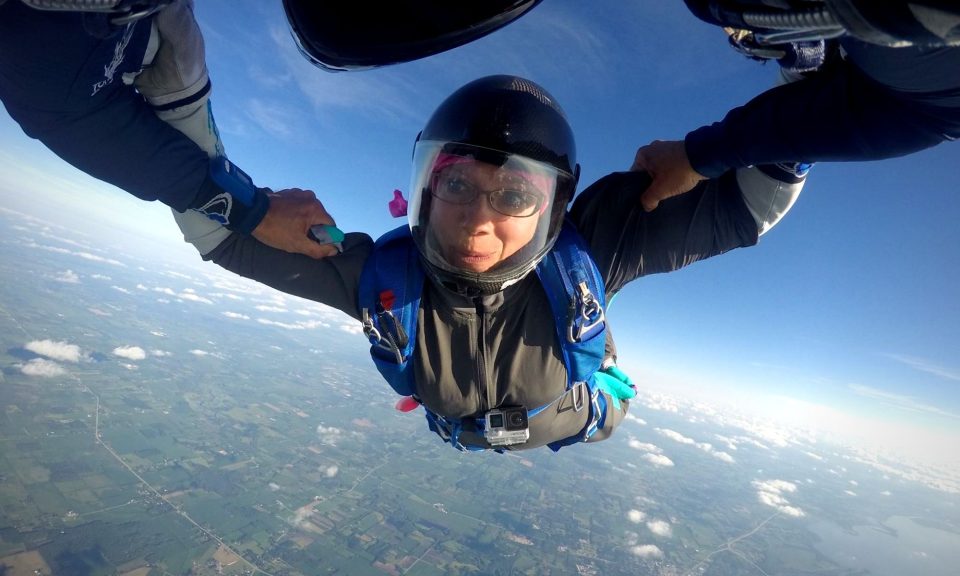
Becoming a Skydiver Step 1: Make a Tandem Skydive
The first step to becoming a licensed skydiver begins with a tandem skydive. Many people with no intention of learning to jump make a tandem, so you may be wondering what the point is, but a tandem skydive serves as a perfect transition to jumping on your own. Firstly, the tandem skydiving experience used for training is slightly different than a tandem for someone who has no intention of learning. More information will be shared with you during a tandem training jump which will help build your skills for the Accelerated Free Fall (AFF) course. Emphasis will be placed on:
- The mental approach needed to exit the plane
- Body position and stability in free fall
- Altitude awareness
- Flying a correct landing pattern

Becoming a Skydiver Step 2: Enroll in AFF
What is AFF?
AFF is an acronym for a teaching method known as Accelerated Free Fall. AFF is the most modern teaching method and is often preferred over older teaching methods like the static line method. (Click here to read about the difference between Static Line and AFF).
AFF allows students to exit the aircraft and experience free fall (static line involves just a few seconds of free fall) for approximately 45 seconds. While the student (you) will be wearing your own parachute, you will be jumping with two AFF instructors who will be assisting you in free fall and giving you feedback using hand signals. Once the student deploys the parachute, the ground team will help you fly your parachute to landing by giving verbal instructions via wireless radio.
AFF Ground School
Before you can take flight, your journey to becoming a skydiver starts in the classroom where you’ll learn the fundamentals. The ground school is often referred to as “The First Jump Course” and involves six hours of classroom training where the following topics will be taught:
- Aircraft Procedures – boarding and exiting the plane
- Equipment – understanding the components and their use
- Free Fall – stable body position and altitude awareness
- Emergency Positions – what to do in case of emergency
- Flying the Parachute – the introduction of the landing pattern and flaring the parachute
After the ground school is completed, you’ll come back the next day to make your first jump known as AFF Level One 1 or as it’s known at some jump schools, Category A.
Once you’ve successfully completed your first jump, your journey to becoming a licensed skydiver has begun!
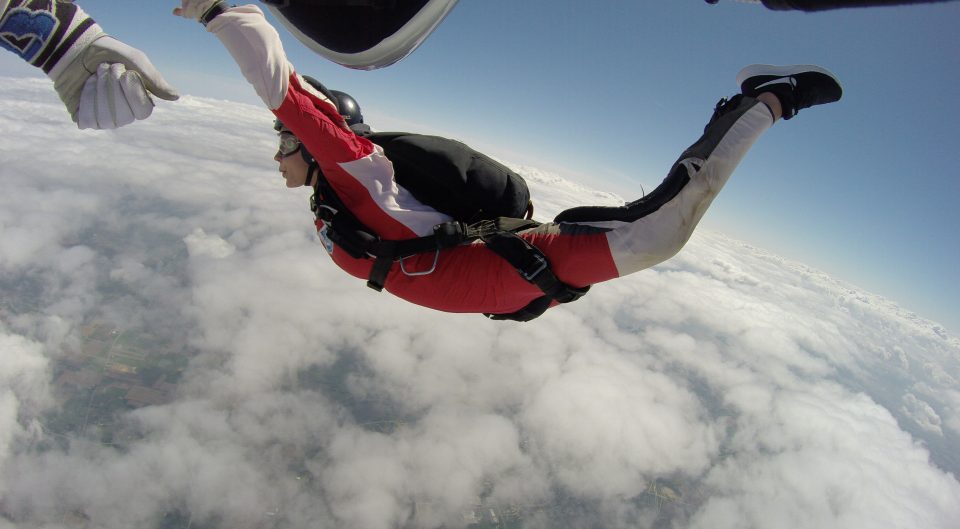
Getting Your First Skydive License
In the US, there are four different kinds of licenses that can be earned based on skill development. They are the A license, B license, C license, and D. By enrolling in AFF, your goal is to attain your A license.
How To Attain Your Skydiving A License
The minimum requirements to attain your skydiving A-license are as follows:
- Complete a minimum of 25 jumps
- Complete all requirements on the USPA A License Proficiency Card (this will be issued to you after your first jump)
- Learn to pack a parachute
- Pass the USPA written and oral exams
All of the needed skills will be taught through the entirety of the AFF program.
How Much Does It Cost To Get Your Skydive License?
The costs of becoming a licensed skydiver via the AFF program vary at every dropzone. At Wisconsin Skydiving Center, our program will walk you through from jump 1 to 25 and have you prepared to get your A license. Check out the pricing for the entire program.
Learn to Skydive FAQs
Does the first tandem jump count towards the 25 jump minimum requirement to earn an A license?
Yes. The first tandem jump does count towards the 25 jump minimum requirement!
What happens if I don’t perform the required tasks on an AFF jump?
Great question! Advancing through the AFF program is based on skills development which must be demonstrated during each jump. Before a skydiving student can progress, the student must demonstrate the required skills to the instructor. Failure to accomplish skill proficiency may require the skydiving student to repeat the level.
Is repeating a level uncommon?
Repeating a level is not uncommon and is part of a skydiving student’s journey. Students who are asked to repeat a jump should not be despondent or let it shake their confidence. It’s all part of it!
Is studying required to get your skydive license?
Yes. Before each jump, skydiving students must study and understand what the skill requirements are for the next jump. Additionally, skydiving students will need to pass the A license proficiency exam.
What materials will I need to study for my AFF jumps and the written exam?
You’ll need to study the information provided in the Skydiver’s Information Manual (known as the SIM). You can download the SIM from this page. Your instructors will direct you to the sections you’ll need to read. Don’t plan on reading the entire SIM before starting.
How quickly can someone progress through the AFF training program?
There is no definitive answer – it depends on several variables. The speed at which one can complete the AFF training program is dependent on the flexibility of one’s schedule, natural ability, and most importantly, the weather! Some students are able to complete the entire program in three to four weeks while others may take a year.
At a minimum, a skydiving student should plan to make at least one skydive every 30 days. Failure to jump once every 30 days will result in the need to complete the last successfully completed AFF level.
What is included during each AFF jump?
Training, skydiving equipment, lift tickets, and video debriefs after the skydive.
Are there any restrictions that may prevent someone from learning to skydive?
Yes. All participants must:
- Weigh no more than 200 pounds
- Be at least 18 years of age
- Be in reasonable physical shape
How do you schedule your first jump?
Firstly, schedule your first tandem skydive here. Be sure to let your instructors know in advance of your intent to enroll in the AFF First Jump Course.
Where Should You Get Your Skydive License?
If you live in Madison, Milwaukee, Chicago, or anywhere in the Midwest and you Google ‘skydiving near me’, you will be spoiled for choice! Throughout the Midwest, you’ll find many dropzones offering AFF. Some dropzones are better than others, but it can be difficult to determine the best place for you. Our advice is not to make your selection based on the cheapest or closest dropzone. Selecting the right dropzone is similar to selecting the right college. While all colleges offer degrees, some programs are better than others. Additionally, the campus facilities, quality of the professors, and overall culture play a big role in one’s academic success.
No matter where you decide to skydive, there is both a financial and time investment, so making the right choice is important. We recommend the following:
- Read up on each dropzone’s reviews on Google, Yelp, Tripadvisor, and Facebook. You’ll get a good sense of the dropzone’s professionalism.
- Call the dropzone and speak with someone about their AFF program. You’ll get a good sense of professionalism.
- Just like figuring out where to go to college, a campus visit is recommended. Visit the dropzones on your list. You’ll discover some dropzones are enormous while others are smaller and more intimate. Again, it depends on the experience you’re looking for!
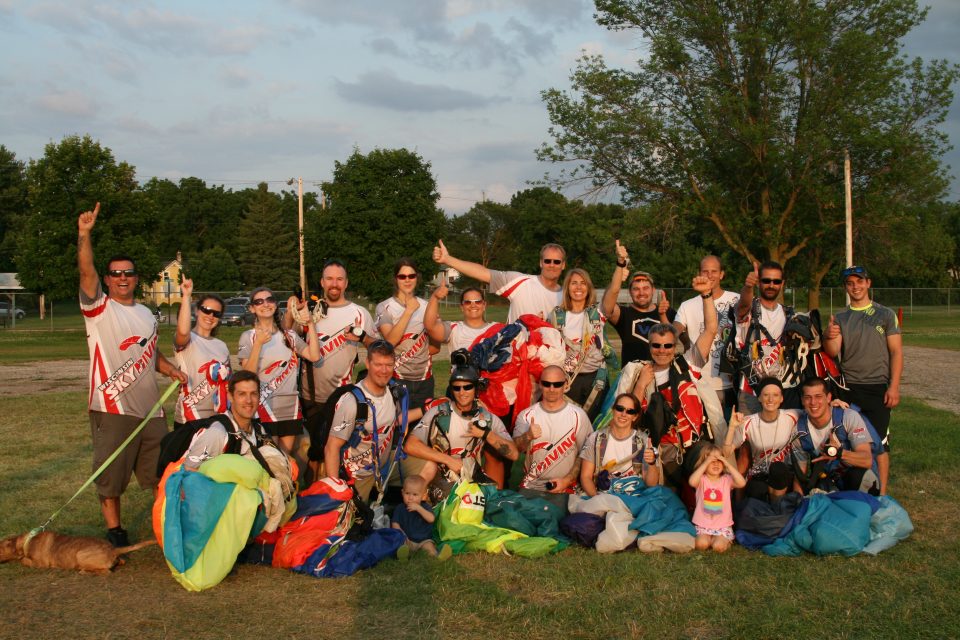
Have Questions?
It’s likely you have lots of questions that haven’t been covered here and we’d be happy to answer them! Please feel free to call us directly at (920) 568-1700 or contact us by e-mail.
Categories:
You May Be Interested In:
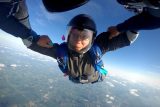
How Long Does A Skydiving License Last?
5 months ago by Wisconsin Skydiving Center
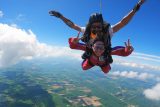
Skydiving License 101: Understanding Different Types and Their Requirements
5 months ago by Wisconsin Skydiving Center
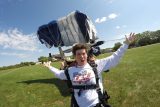
First Skydive – Tandem Skydive or Solo Skydive?
7 months ago by Wisconsin Skydiving Center
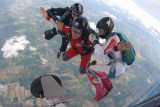
All About AFF Skydiving Training and How We Do It Better
10 months ago by Wisconsin Skydiving Center